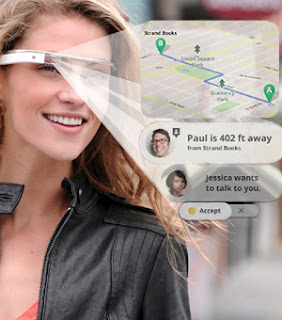Engineering, healthcare verticals to use AR apps like smart-glasses, says ABI
Developers will invest over $2.5 billion in Augmented Reality (AR) applications in 2018 as AR becomes part of people’s everyday mobile experiences, especially in the retail and marketing domains, according to a new market forecast from ABI Research.
ABI said developers will invest $670 million this year on AR apps. The company the following four key drivers will define the AR market in the next few years:
- the mixing of cloud computing and AR
- the move toward more marker-less, vision-based AR
- the Internet of Everything and so-called sensor fusion
- advances in smart eyewear products
The most imminent growth driver for AR is cloud computing, which is “becoming more crucial, as well as immediate, than what has been concluded in earlier research,” ABI said.
“The cloud is a natural fit for AR developers, considering how big benefits cloud-based content libraries present for image recognition technologies,” said Aapo Markkanen, ABI senior analyst.
The largest software development kits (SDK), Qualcomm’s Vuforia and Germany-based Metaio, introduced cloud recognition capabilities last year, and the cloud has always been at the core of HP’s visual browser called Aurasma, which is starting to see traction as a platform for third-party apps, Markkanen said.
ABI said AR will become a significant enabler for the “Internet of Everything,” specifically big-data analytic, an area where AR and data visualizations will have a close connection to the emergent wearable computing products.
“In a world where a countless number of physical objects and structures will be connected by sensors, AR can serve as a visualization medium that will make the sensor data situational, bridged to the real-world surroundings,” Dan Shey, ABI practice director, predicts. “The consumer aspect is unsurprisingly making most of the headlines here, but we’d expect smart eyewear to initially make more waves in transforming the enterprise. Google Glass, like the smart-glass pioneer Vuzix, will find various use cases in verticals such as engineering, logistics, and healthcare.”
Other prominent issues impacting the market’s growth trajectory are data visualization and information overload.






